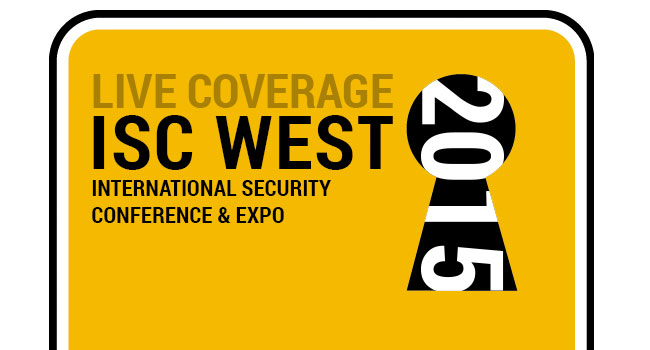
Interesting ISC West Education Session Tackles the Need for Collaboration Between IT and Physical Security
- By Brent Dirks
- Apr 16, 2015
So, who really "owns" video surveillance? That was the big question posed during a great education session during the first day of ISC West on Wednesday in Las Vegas.
Entitled "IT vs. Physical Security Turf Wars," the session was moderated by Fredrik Nilsson, general manager of North America for Axis Communications.
Speakers during the sessions included Christian Romero, director of corporate investigations for the Neiman Marcus Group; Ken Mills, senior manager of global business development for EMC2; and Kent Browne, principal security architect – global infrastructure solutions for IBM.
Nilsson said a driver for the session was a survey of IT managers conducted by Axis. In 2009, only 39 percent indicated that they were involved in decisions for video surveillance systems. That number skyrocketed to 91 percent in 2013.
But separate research from EMC showed a big disconnect between IT and physical security professionals. Seventy-six percent of physical security manager say the responsibility of network video surveillance is shared between both parties. Only 33 percent of IT managers said the duty was shared.
And the same survey said that security managers tag the search and retrieval of video surveillance data as their top challenge. IT managers are most concerned about the difficulty in storing data.
While many companies look to share a common infrastructure for both video and IT data, Romero said that Neiman Marcus is doing it differently and building a completely separate network for video.
But both Browne and Mills said that companies who use a single network for data need to collaborate with each other.
"In my experience, companies some times have a lot of 'fiefdoms' for both physical and IT security," Browne said. "The best way to handle that is get all of the players in a single room and make them realize there part of the same infrastructure."
Mills told the audience that physical security professionals need to see their IT departments as a true service provider of the network surveillance data is carried. Using that philosophy oftentimes helps the two sides understand their role in the "ownership" dilemma.
"The best case to make for video surveillance data is how it can be used to reduce risk," Mills said.
The panel members also discussed the benefits and risks of moving to the cloud.
"The cloud is coming to the space a in a meaningful way," Mills said. "You need to learn how to be prepared and have an intelligent conversation about the technology."
And there are both positive and negative aspects of moving video data externally.
"When you move to the cloud, you must consider that you'll need both external and internal bandwidth to handle the data," Browne said. "We advocate putting certain things on the cloud. Using the cloud opens up a whole new set of other possibilities – both good and bad."
About the Author
Brent Dirks is senior editor for Security Today and Campus Security Today magazines.